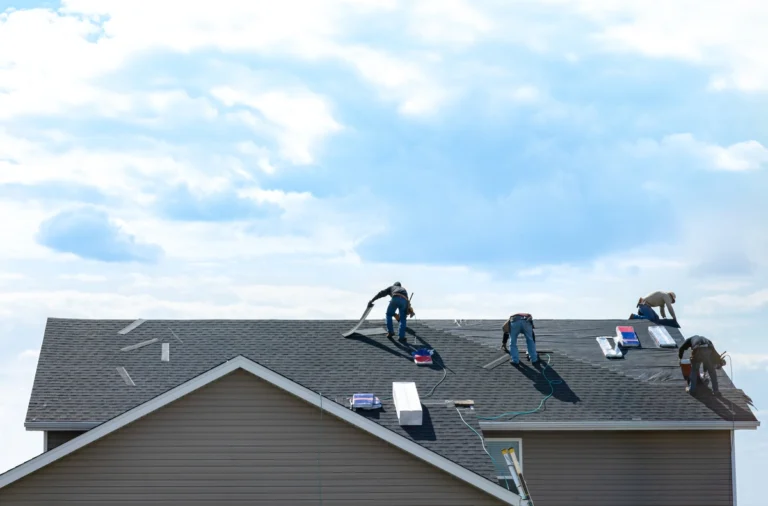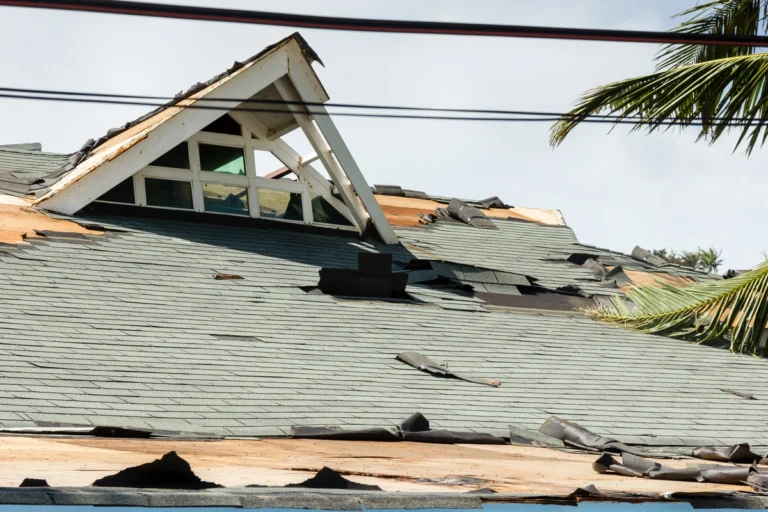Understanding roofing basics will help you know what to do as a new homeowner. However, Roofing 101 can seem intimidating, especially if you don’t know the meaning of underlayment, horizontal distance, or similar terms.
You should learn basic roofing components to ensure that everything is structurally sound and won’t compromise your home. If despite your maintenance, your roof needs to be restored, then it’s time to reach out to a professional roofer.
But if it could just use a little upkeep, here are seven things to keep in mind as you’re maintaining your new home.
Check for Signs of Problems
When you first get a house, always check for signs of problems so you can address them quickly and thoroughly.
For example, if you see missing shingles, you may need shingle replacements. If water isn’t draining properly, your gutters could be full of debris.
You should also look for water damage in your home. You most likely have water damage if you notice bubbles in the wall, ceiling, rafters, or roof. Any watermarks, even those shorter than one inch, are cause for concern. You should also look at the rafters to see if you have an issue.
While you should check your roof regularly, you should especially check it if you own an older home. An old roof needs regular checkups for weakening roofing materials or any other issues that may arise.
If you aren’t sure whether something is a problem or not, contact a professional for their opinion.
Talk With Your Insurance Company
Before you seek a new roof or work with a company to repair or replace your roof, ensure you talk with your home insurance. Not only can they cover your damage, but they’ll want to know about any issues with your roof to add them to your claims list.
You don’t want to hire a contractor and find out your insurance won’t cover their work. Instead of taking that risk when it comes to roofs, talk with your insurance company or the roofing contractors to see if they can bring light to the situation.
Your insurance company may even encourage you to get your roof inspected, so you’ll know what to expect from the process. Otherwise, you’ll find yourself in the dark regarding sheathing, your wall, flashing, and other points involving your house.
Find a Contractor or Roofing Company

As you seek help with your roof, you’ll want to contact a roofing company or a contractor. Both can help you with maintaining your roof, including assisting with sheathing, flashing, underlayment, vertical structure, shingles, and other aspects. You can even have them install new insulation for your roof to retain heat.
Ensure you spend time looking through their credentials when it comes to roof repairs. For example, see what shingles they work with and what reviews they have from previous customers.
A reliable roofing company will have a range of experience working with many different materials and positive customer reviews that bring light to their process.
Once you narrow down your options, schedule an inspection of your house so the contractors will know what to expect regarding your repair process.
Get an Estimate
If you don’t know what to expect regarding a roof repair, you should expect it to cost about 10,000 dollars without insurance. However, the price varies based on the situation.
If you just need some new shingles, it will cost less than building a support wall or adding an entire roof replacement to your house.
What Is Included in an Estimate?
The price of your contractor will include the labor, material costs, how many square feet need repairs, and other expenses regarding your roof repair.
Most contractors and companies can give you an estimate to help you budget for your repairs and any other expenses that may come up during the repair process.
Get your roof inspected by multiple house repair companies so you can find the best deal. This will take more effort, but you’ll protect yourself from price gouging.
Apply for a Roof Replacement Grant
It might surprise you to find that there is a multitude of financing options you can look into to help pay for your new roof. The US government provides grants for homeowners who need to repair or replace their roofs.
Some of these grants include the Single Family Housing Repair Grant, the HUD Home Repair Grants, and the Housing Preservation Grant for Roof Repair. Each of these grants helps low-income families and those struggling financially to make their homes safe and secure.
Understand Asphalt Shingles and Other Roofing Materials

As you look into options for your roof, you’ll want to consider the materials you’ll be adding to your roof.
For example, you may have wood shingles, tar paper, or another paper-like material, but you may want to replace them with sheet metal or an asphalt roof.
Consider the weather in your area and ask your contractor what they recommend for your home.
Ask Questions About Your Roofing Material and Other Details
Unless you’re a roofing contractor yourself, you probably don’t know much about the differences between metal roofs and asphalt roofs, so ask your company for details about the roof, top edge, drip edge, or other concerns before the repair process starts.
Along with the durability of your roof, you’ll want to consider utilizing fire-resistant material and roof flashing. Flashing means setting up your roof to prevent water from entering. Flashing works great for most homes, though you’ll need a metal roof.
Even if you don’t utilize flashing, you’ll want to think about other waterproofing options for your roof to make sure you don’t sustain water damage in the future.
Seek a Timeline
You should also ask your contractors for a timeline as you focus on Roofing 101 for your home.
The amount of time your roof repairs will take depends on how many square feet you will be working on, so it’s important to get a contractor’s opinion.
Having a timeline allows you to plan around their schedule so you know what to expect. You don’t want them placing shingles during an important virtual meeting, so work around the schedule and figure out what works best for your situation.
Watch for Roofing Scams
As you get help, you’ll need to watch for scams. Make sure you watch for strange clauses in contracts and never pay for the entire price of the service upfront.
This is another reason why asking for multiple consultations from companies is important; if one source gives you an unusual quote, that’s probably a sign of a scam.
Conclusion
Roofing 101 seems intimidating, but you don’t have to undergo it alone! You can always receive help from a professional roofing company with underlayment, sheathing, flashing, and other roofing needs. You can receive easy installation as you research and understand what you should expect from a roofing business.
Ensure you spend time looking at metal or any other material you’re interested in, going through roofing terms, and going over roofing basics so you know that you have a good roof that will keep your home and family safe.





